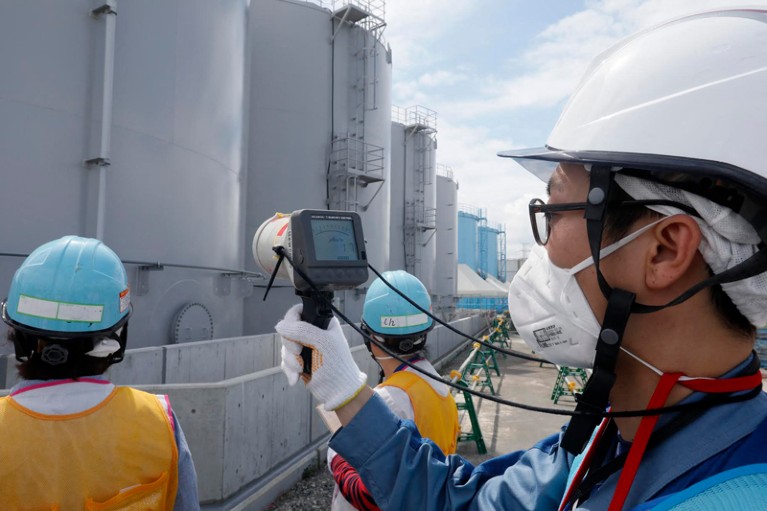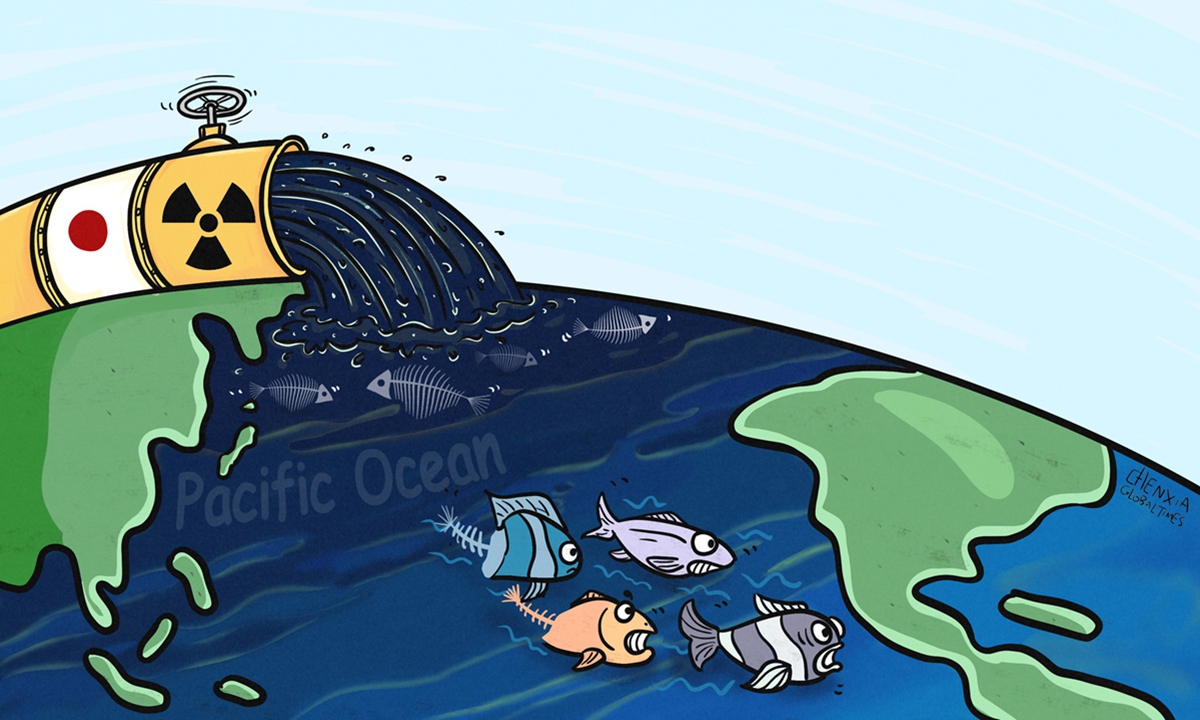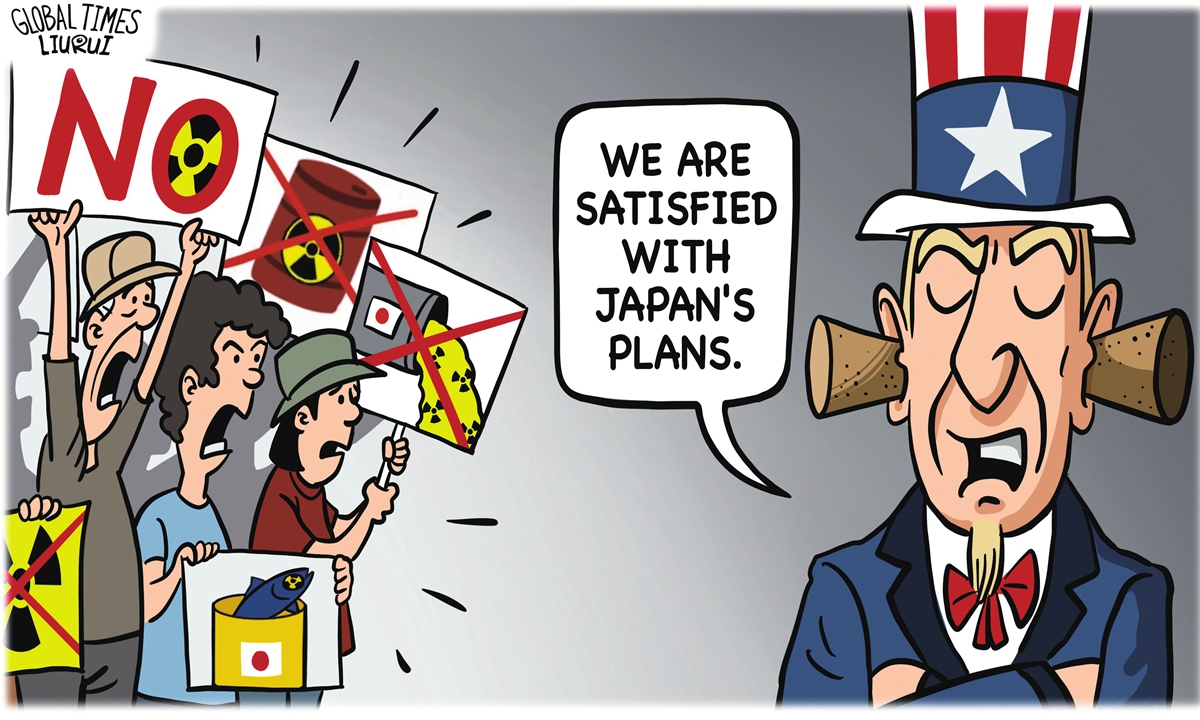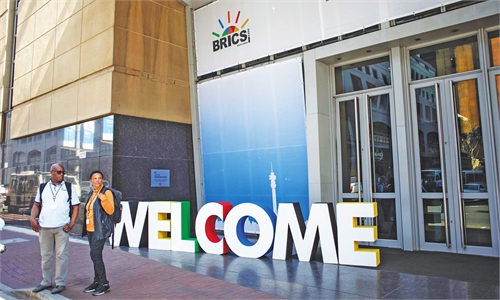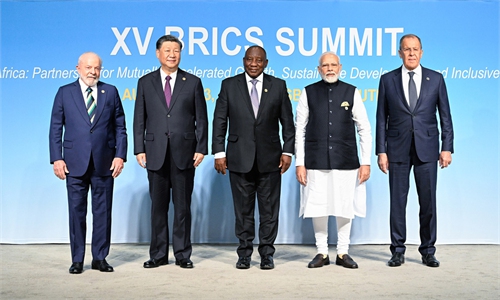The country's gross expenditure on the segment has been on downtrend in the past couple of years. More investments are needed in high-growth areas that will yield strong returns.
SIX decades ago, Malaysia was richer than South Korea and Taiwan.
But today, the country is behind these two technology superpowers and is still trying to break out of the middle-income trap.
Taiwan overtook Malaysia’s gross domestic product (GDP) per capita in the mid-70s, and not long after that, South Korea overtook Malaysia in the mid-80s.
A major reason for Malaysia lagging behind Taiwan and South Korea is the failure to invest adequately in research and development (R&D) that ultimately resulted in low local technology creation.
This is reflected in the number of patents granted, as mentioned in the World Intellectual Property Indicators report.
In 2022, a total of 6,876 patents were granted in Malaysia, out of which almost 85% were granted to non-residents.
In contrast, South Korea granted 145,882 patents in 2022. Three out of four patents in that year were granted to residents.
Official figures show that Malaysia’s gross expenditure on R&D (GERD) has been declining in the past several years, even before the Covid-19 pandemic.
In fact, the country’s GERD per GDP dropped to just 0.95% in 2020, which was the lowest since 2010.For comparison, countries like South Korea, the United States and Japan spent 4.81%, 3.45% and 3.26% of their GDP in 2020 for R&D, respectively.
Notably, China’s GERD per GDP stood at 2.4% in 2020, significantly higher than Malaysia despite having an almost similar GDP per capita.
It is noteworthy that Malaysia is well behind its GERD per GDP target of 3.5% by 2030. The intermediate target is 2.5% by 2025, which is just two years’ away.
Science, Technology and Innovation (Mosti) Minister Chang Lih Kang
In a reply to StarBizWeek, Science, Technology and Innovation (Mosti) Minister Chang Lih Kang acknowledges that the gap to achieve the 2030 target is “stark and significant”.
He also adds that there is a funding shortfall of RM40bil to achieve the 2025 target.
“The slump in GERD before 2020 primarily stems from a dwindling contribution from the business sector, which started around 2016.
“While the government has consistently provided substantial R&D funding, it’s imperative for the business and industry sectors to substantially participate.
“After all, these sectors stand to gain the most from R&D innovations, utilising outcomes to enhance products, refine business processes, and overall drive competitive advantage,” says Chang.
Malaysia’s long-delayed ambition to become a high-income nation relies on the country’s ability to effectively spend on R&D efforts in high-potential areas.
Increased R&D efforts that would lead to greater technology adoption in the country are highly necessary, considering that Malaysia is set to become a super-aged country by 2056.
Amid declining fertility rates, more of the country’s workforce must be automated and mechanised to avert any crisis in the future.
Mosti Minister Chang also says that a higher expenditure on R&D serves as a foundational indicator in many global indices like the Global Innovation Index (GII) and the Global Competitiveness Index (GCI).
In the Madani Economy framework unveiled by Prime Minister Datuk Seri Anwar Ibrahim last month, these two indices were mentioned as some of the key performance indicators (KPIs), moving forward.
Anwar envisages Malaysia to be among the top 20 countries in GII by 2025. As for GCI, Malaysia aims to rank in the top 12 within the next 10 years.
It is understandable why Anwar hopes to improve Malaysia’s ranking in such indices.
“These indices are meticulously scrutinised by foreign investors when determining potential investment destinations,” according to Chang.
Spending it right
A similarity between South Korea and Malaysia is the fact that both governments have in the past invested significantly in building local industries, including for R&D efforts.
“Chaebols” or South Korean mega-conglomerates were once small businesses that received generous support from the government since the early 1960s. This has helped to nurture internationally recognised brands such as Samsung and Hyundai.
Similarly, Malaysia has also channelled billions of ringgit into profit-driven entities such as car manufacturer Proton and semiconductor wafer foundry Silterra.
However, unlike in South Korea, these heavy industrialisation projects that were introduced during the administration of Tun Dr Mahathir Mohamad failed to sustain commercially and continued to depend on government handouts.
These two projects have since been privatised. Proton Holdings Bhd made a rebound after China’s Zhejiang Geely Holding emerged in the carmaker with a 49.1% stake.
Meanwhile, Silterra was sold to Dagang NeXchange Bhd (Dnex) and Beijing Integrated Circuit Advanced Manufacturing and High-End Equipment Equity Investment Fund Centre (Limited Partnership) – also known as CGP Fund.
Dnex holds a 60% stake in Silterra, while CGP Fund owns the remaining 40%.
An analyst explains that the failure of Proton and Silterra was the result of continued government funding in the past, even if the management did not achieve tangible results.
“South Korea was different. You have a set of KPIs outlined along the timeline. If you don’t perform, you won’t get the money,” the analyst says.
Like it or not, the government has a big role to play in stimulating R&D efforts in the market.
The US government, for instance, is a major funder of R&D and is also a major user of the new innovations that may have yet to receive demand from the public.
It is noteworthy that the Internet and the global positioning system (GPS) began as projects under the US Department of Defence.
It is typical of the private sector to innovate and to create new products only when they foresee market opportunities.
With shareholders’ ultimate focus being on profit, the private sector may have its limitations when it comes to risk-taking.
In the case of Malaysia, businesses do not reinvest an adequate amount of their profits into R&D, despite the fact that Malaysian companies retain high operating profits.
In 2022, the gross operating surplus of businesses constituted 67% of GDP, which increased from 62.6% in 2021.
The easy supply of cheap foreign workers, particularly before the pandemic, has further allowed Malaysian companies to avoid R&D and automating a large part of their operations.
Distinguished professor of economics Datuk Rajah Rasiah agrees that the domestic private sector does not invest adequately in R&D.
“As firms move up the technology trajectory towards frontier innovations, they expect strong support from the embedding ecosystem, especially the science, technology, and innovation (STI) infrastructure.
“Although Malaysia did attempt to create the STI infrastructure after 1991, almost all of them (such as Mimos, Science and Technology Parks and the incubators in them as well as the Malaysian Technology Development Corp) were not effectively governed, and hence, they have become white elephants.
“Given the lack of such support and ineffective governance of incentives and grants in the selection, monitoring and appraisal of their output, private firms are unconvinced that attempts to upgrade to participate in R&D will materialise,” he says.
Techpreneur Tan Aik Keong also points out that Malaysian companies face fundraising difficulties for R&D purposes, especially small and medium enterprises and unlisted companies.
Tan was recently appointed as a member of the National Digital Economy and Fourth Industrial Revolution Council. He is also the CEO of ACE Market-listed Agmo Holdings Bhd.
“Investors and lenders may hesitate to support R&D initiatives due to the inherent risks and uncertainties associated with these endeavours.
“The lack of a guaranteed correlation between R&D investment and immediate revenue generation can lead to doubts about the return on investment (ROI),” he says.Tan opines that the lack of “proven success stories” whereby R&D investments in Malaysia resulted in significant ROIs contributed to the scepticism.
In addition, he says that companies with no prior experience in R&D investments would find it challenging to start investing heavily in R&D.
“For listed entities, there is relatively more flexibility in terms of fundraising for R&D purposes.
“Capital market instruments such as private placements and rights issues can be leveraged to raise larger sums of funds to support R&D initiatives.
“Fortunately, the availability of matching grants from agencies like Mosti, MDEC, Miti, and MTDC can provide much-needed financial support and incentive for companies to invest in R&D activities,” he says.
Acknowledging the challenges, Mosti Minister Chang says that alternative financing mechanisms are being considered
A notable example is the Malaysia Science Endowment (MSE), which has set an ambitious goal of raising RM2bil.
“MSE is more than an alternative R&D funding for the nation.
“The working model is to utilise its interest, which will be generated from the investment.
“The fund would be optimised further through a matching fund mechanism – bringing quadruple helix stakeholders together to focus on solution-driven R&D and prioritising based on the nation’s needs,” he says.
Mosti, with Akademi Sains Malaysia, is currently actively developing a fund-raising mechanism to establish the MSE.
In addition, Chang says the government will continue to deploy a myriad of fiscal incentives that include tax exemptions and double deductions on R&D expenditures.“The overarching goal is to promote a symbiotic relationship where both the private sector and the government collaborate seamlessly to advance Malaysia’s R&D aspirations,” he says.
Lack of quality researchers?
R&D efforts are not just about investing a large sum of money. They will only yield best results if they are supported by qualified, world-class researchers.
Unfortunately, in the case of Malaysia, brain drain has become a major challenge in pushing for greater R&D.
The ongoing decline in interest among schoolchildren in science, technology, engineering and mathematics (STEM) studies will only worsen the situation in the future.
Agmo’s Tan notes that the declining interest in science subjects among students threatens the availability of skilled researchers, scientists, and engineers needed for a thriving R&D ecosystem.
“The potential for brain drain is a legitimate concern if Malaysia does not foster an environment conducive to R&D growth,” he says.
In 2020, Malaysia saw a decline in the number of researchers per 10,000 labour force at only 31.4 persons, as compared to 74 persons in 2016.
At 31.4 persons, this was the lowest level since 2010.
Rajah says that Malaysia lacks quality R&D researchers, as well as engineers and technicians to support serious R&D participation.
“Malaysia’s researchers and R&D personnel in the labour force fall way below that of Japan, South Korea, Taiwan, Singapore, and China.
“In fact, this is one of the major reasons why national and foreign firms participate little in R&D activities in Malaysia,” he adds.
When asked about the commercialisation of research done by Malaysian universities, Rajah says the commercialisation ratio against grants received in Malaysia is very low.
This is compared to the Silicon Valley and Route 128 in the US, the science parks in Taiwan, and the Vinnova targeted areas in Sweden.
However, Rajah says the blame for the low rate is mistakenly placed on the scientists.
“Most universities in Malaysia focus on scientific publications, which is a major KPI for them. Malaysia does well on scientific publications.
“Mosti and the Higher Education Ministry should make intellectual property (IP) and commercialisation equally important.
“In doing so, the government must tie grants and incentives to link researchers and firms by offering matching grants so that the research undertaken by the scientists are targeted to the pursuit of IPs and monetary returns.
“Firms in this case will ensure that the 1:1 sharing of funds with the government brings returns for them – widely undertaken successfully in Japan, the Netherlands and Taiwan,” he says.
At the same time, Rajah suggests a critical appraisal of previous grants approved to ensure that mistakes are not repeated.
 CLICK TO ENLARGE
CLICK TO ENLARGE
In further strengthening the country R&D expertise, there are calls to improve universities’ curriculum more holistically.
Technology consultant Mohammad Shahir Shikh said there is a gap and misalignment between industries’ requirements versus theoretical research in new knowledge discovery by the universities.
He calls for greater partnership between universities and the industry, including for improving business operations via the integration of new technologies.
Mohammad Shahir has previously served as an engineer with chipmaker AMD for 11 years.
He raises concerns about the severe shortage of STEM graduates in Malaysia to serve the needs of the industries.
“The country’s target was to have 500,000 STEM graduates by 2020, but we now have only 68,000 such graduates.
“Even then, the highest number of unemployed graduates here is from the STEM stream.
“My proposal to the government is to start assisting potential schools and STEM students become familiar with scientific terms in English and improve their communication skills,” he adds.
Mohammad Shahir points out that about 30% of Finland’s workforce consists graduates from the STEM stream.
“This is a priority that needs to be addressed if we want to achieve our national innovation goals,” he says.
National STEM Association president and founder Prof Datuk Dr Noraini Idris laments that only about 15% of form four students take pure science subjects, namely physics, chemistry, biology and additional mathematics.
The percentage has fallen from abogaut 19% back in 2019.
“This is alarming. We need more students to take pure sciences if we want to create more scientists, data analysts and researchers for the future.
Noraini calls for a complete revamp in the national education system, whereby “STEM culture” is fostered among children from a very young age.
“My team and I have proposed the “cradle-to-career” model which instils the interest for STEM from nurseries and preschool to tertiary education.
“It also needs formal and informal support, whereby informal refers to family, peers and community to foster the interest in STEM.
“For this to happen, we need the effort of various ministries and not just the Education Ministry,” she says.
It is high time, according to Noraini, to set up a department for STEM directly under the Prime Minister’s Department to coordinate the joint-efforts across ministries.As the country works towards improving STEM’s acceptance, Agmo’s Tan says Malaysia must put more emphasis on R&D efforts in emerging technologies such as artificial intelligence, blockchain, extended reality and cloud computing, among others.
“We must encourage the establishment of R&D centres by high-tech companies through attractive incentives,” he adds.
Looking ahead, the government has a lot of issues on its plate to address.
To reboot the economy, it is not only about spending more money on R&D.
More importantly, every ringgit invested must be spent efficiently in high-growth research areas that will yield strong ROIs.
Source link
Related posts:
The pump-prime our financial situation, we need a massive investment to revamp and rebuild our education






